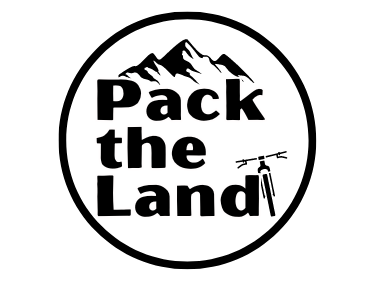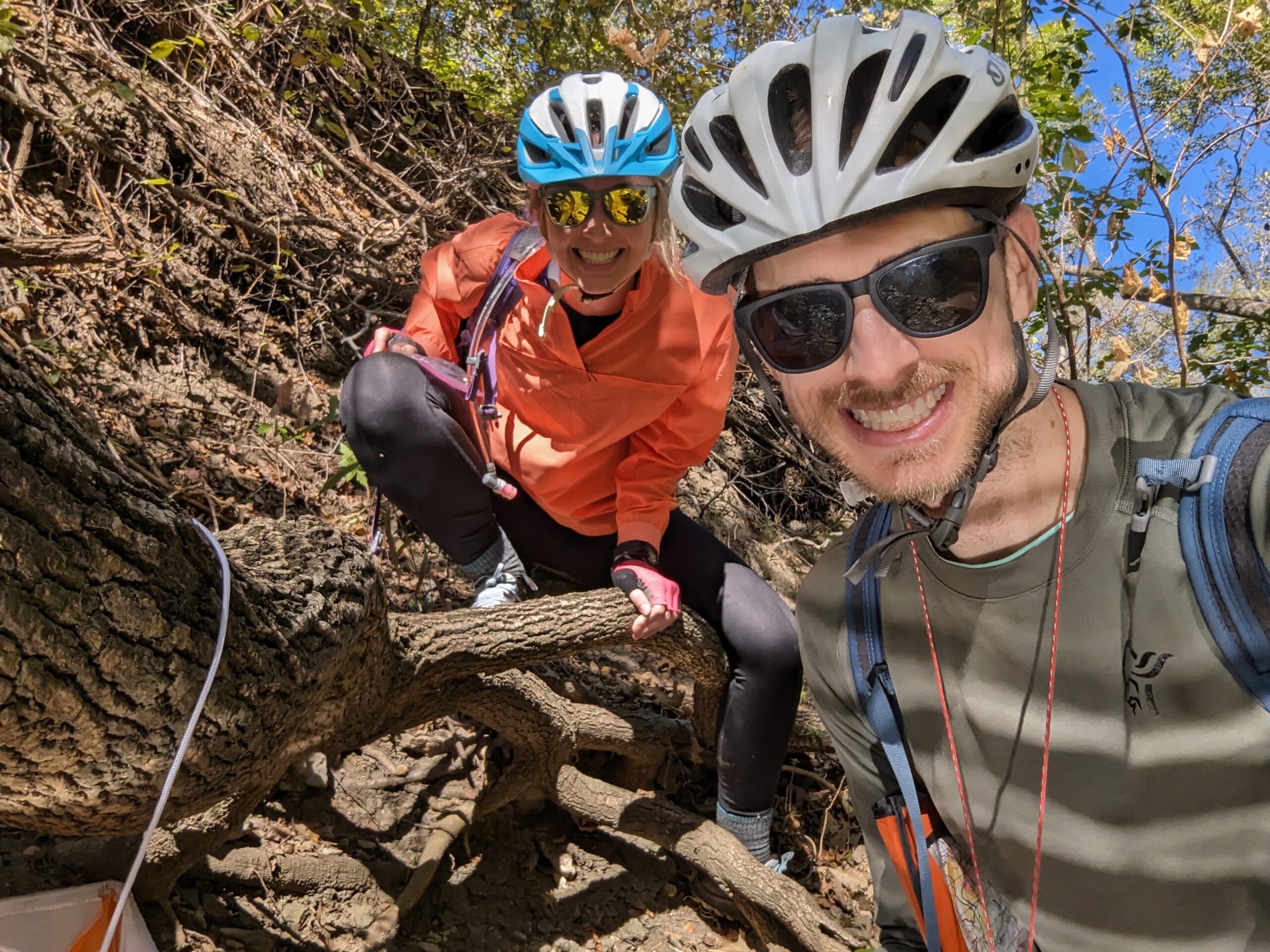Your first adventure race might feel intimidating, but if you’re anything like us, it’s also the start of something unforgettable. You’ll run, bike, paddle, and navigate through challenges you’ve never faced before—but that’s exactly what makes it so rewarding. With a few simple strategies and the right mindset, you’ll not only make it to the finish line, you’ll discover just how fun adventure racing can be. And if you’re not sure what an adventure race is, start here.
Find Some Teammates
As with a lot of things in life, adventure racing as a team is more fun than on your own. Most of the time Laura and I have raced as a duo, but I’ve also done a couple races solo. And despite the occasional conflict we have (we are a husband-wife team), it’s more fun racing together. You get to share the highs, push through the lows and in the end it makes for better stories. Just ask Laura.
If you can’t persuade your friends or relatives to join the fun, there are ways to find others looking to join a team. The Facebook groups Adventure Racing Teammate Finder, Adventure Racing Discussion Group and Women of AR are good options. Or, if you have a particular adventure race in mind, reach out to the race director. A lot of times they’re able to connect you with teammates or sometimes even a team that’s looking for a third or fourth person.
Keep it Short
Unless you’re a seasoned ultra-endurance athlete, it’s a good idea to keep your first adventure race short and sweet. A “sprint” race in the 3-6 hour range is still a challenge. While you may not get to experience the additional challenges and terrain that a longer race offers, you’ll still get the full adventure racing experience.
Our first adventure race was four hours and it was the perfect length. That was enough time to complete the trekking, paddling, and biking disciplines. Much like a longer race, we had to make decisions figuring out our route and had to consider potential time constraints for reaching all checkpoints. And by the end of our four hours of constant motion, we were exhausted. I don’t think we could have gone on any longer.
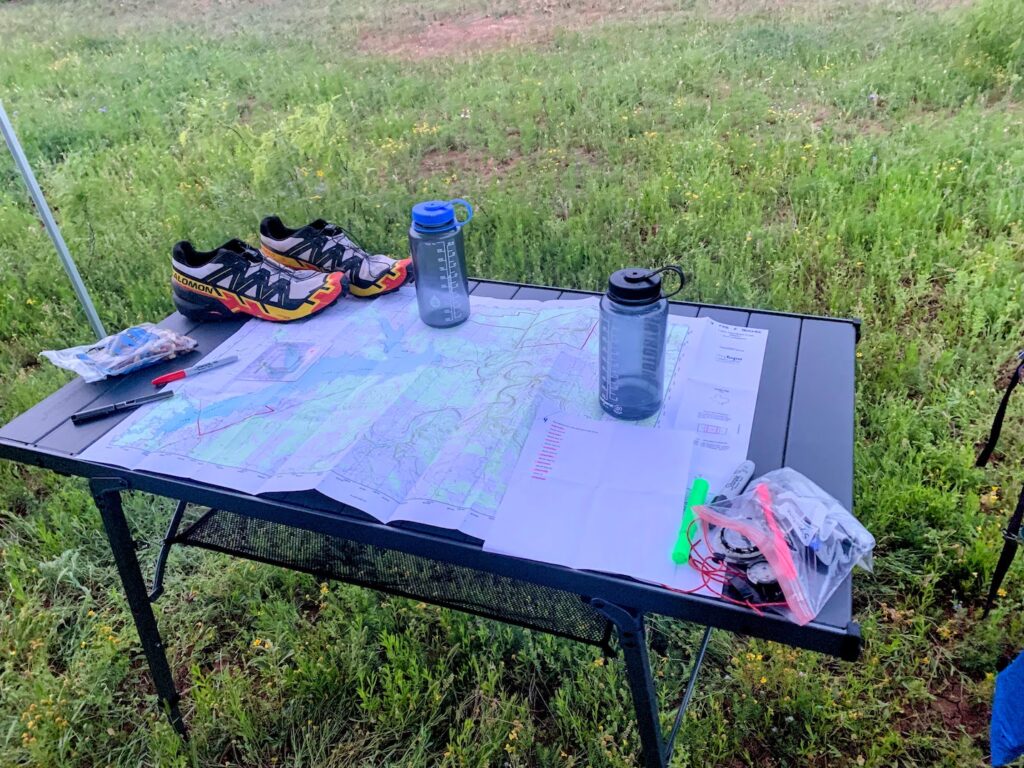
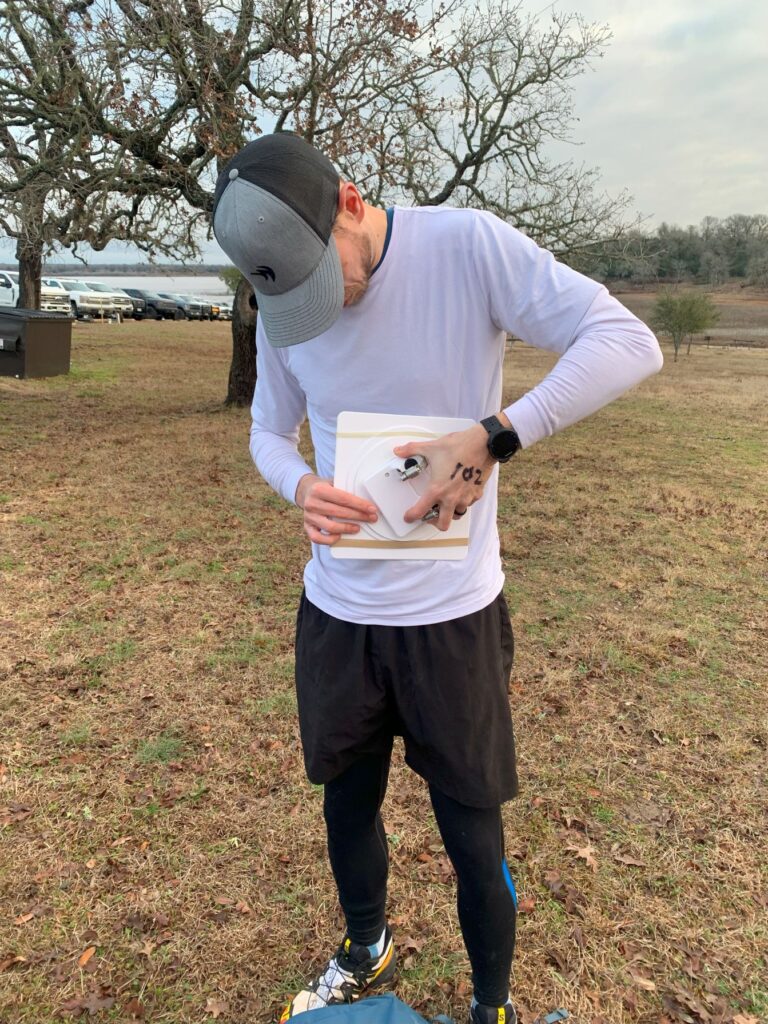
Know How to Use a Map and Compass
Simple navigational skills are a must for your first race. You’d be surprised how quickly you can get off-track out in the wilderness, especially if you find yourself in a forest and no obvious landmarks to travel by.
Start by being able to orient yourself with a map. Learn how to identify key features such as trails and lakes on a map, and match them to what you see nearby. Understanding contour lines can help you identify the surrounding terrain and avoid steep paths. When it comes to the compass, learn how to take a bearing and follow it.
Or, if you don’t want to commit to learning those skills before your first race, you can find a teammate that does. As a bonus, you’ll have a first-hand look at how a veteran navigator carries on during an adventure race.
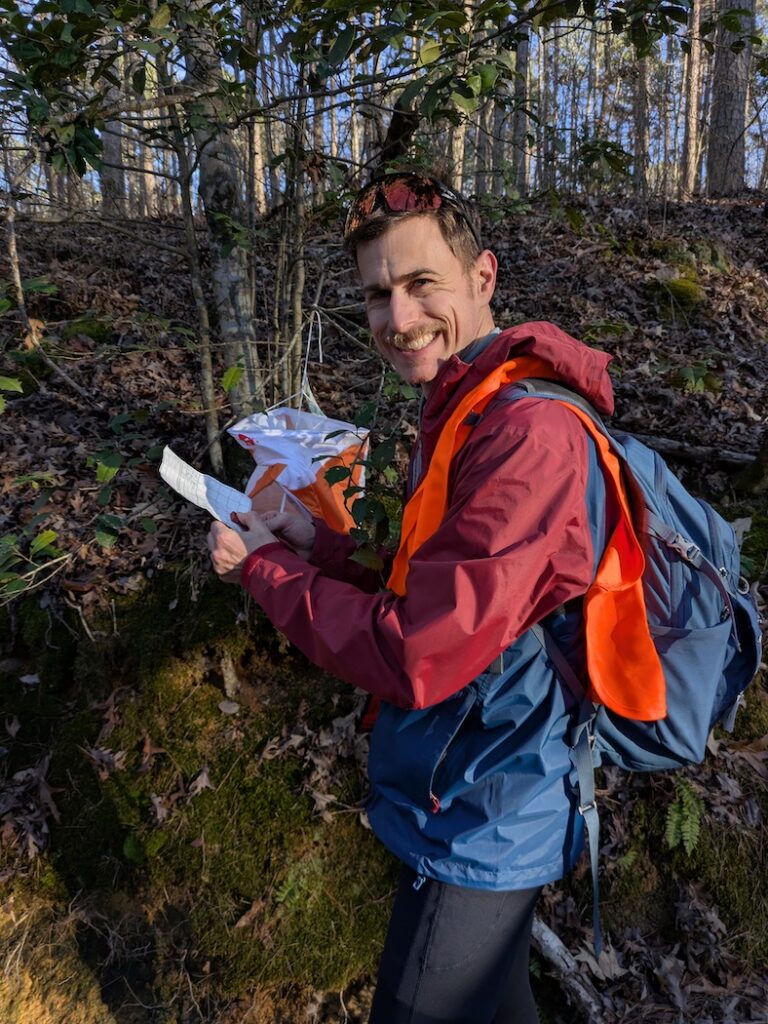
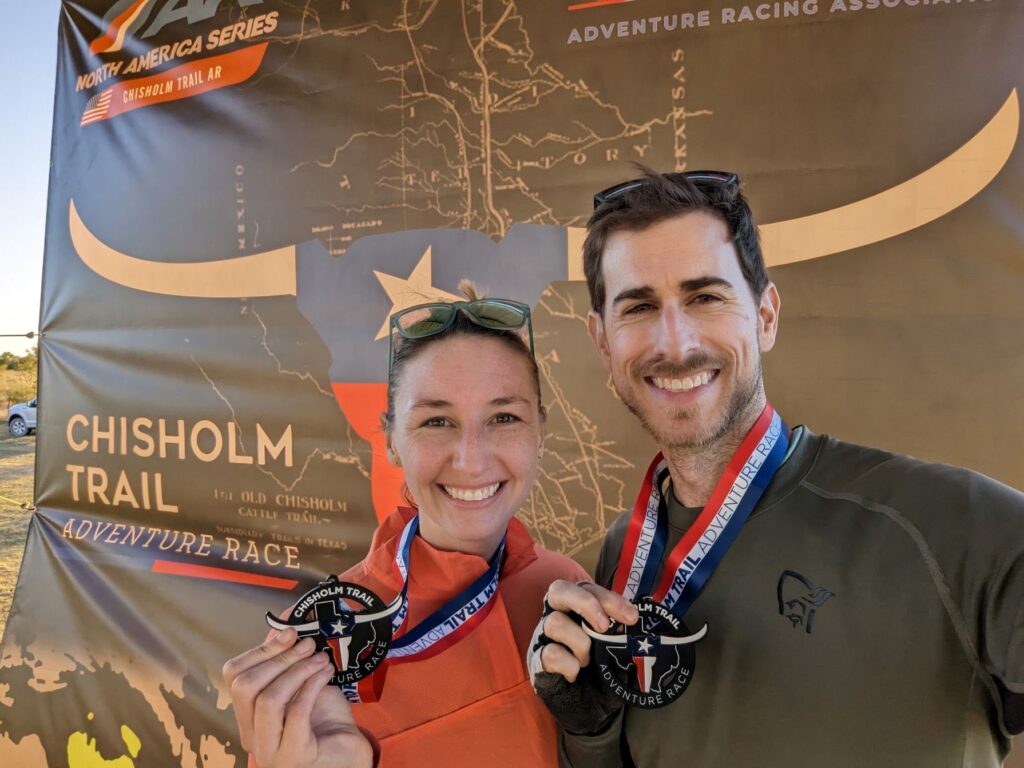
Keep Moving Forward
One piece of advice I often hear from accomplished adventure racers is to keep moving forward. Whether it’s fast or slow, making continual progress toward the next checkpoint is the goal.
That sort of mindset will push you through the obstacles that are a part of adventure racing. Whether it’s hiking your bike up a mountain, or trying to figure out the best way to the next checkpoint, a little grit and determination will go a long way.
At the end of the day, your first adventure race isn’t about being the quickest or strongest. It’s about embracing the challenge and testing your physical and mental strength. You’ll finish tired, maybe a little muddy, but also with a sense of accomplishment you won’t forget. And once you’ve crossed that line, don’t be surprised if you’re already thinking about when you can do it all over again.
